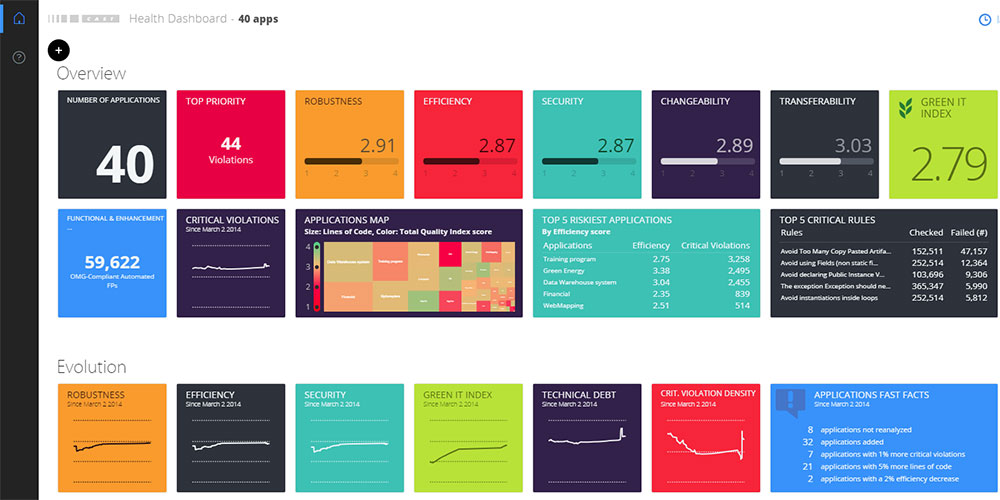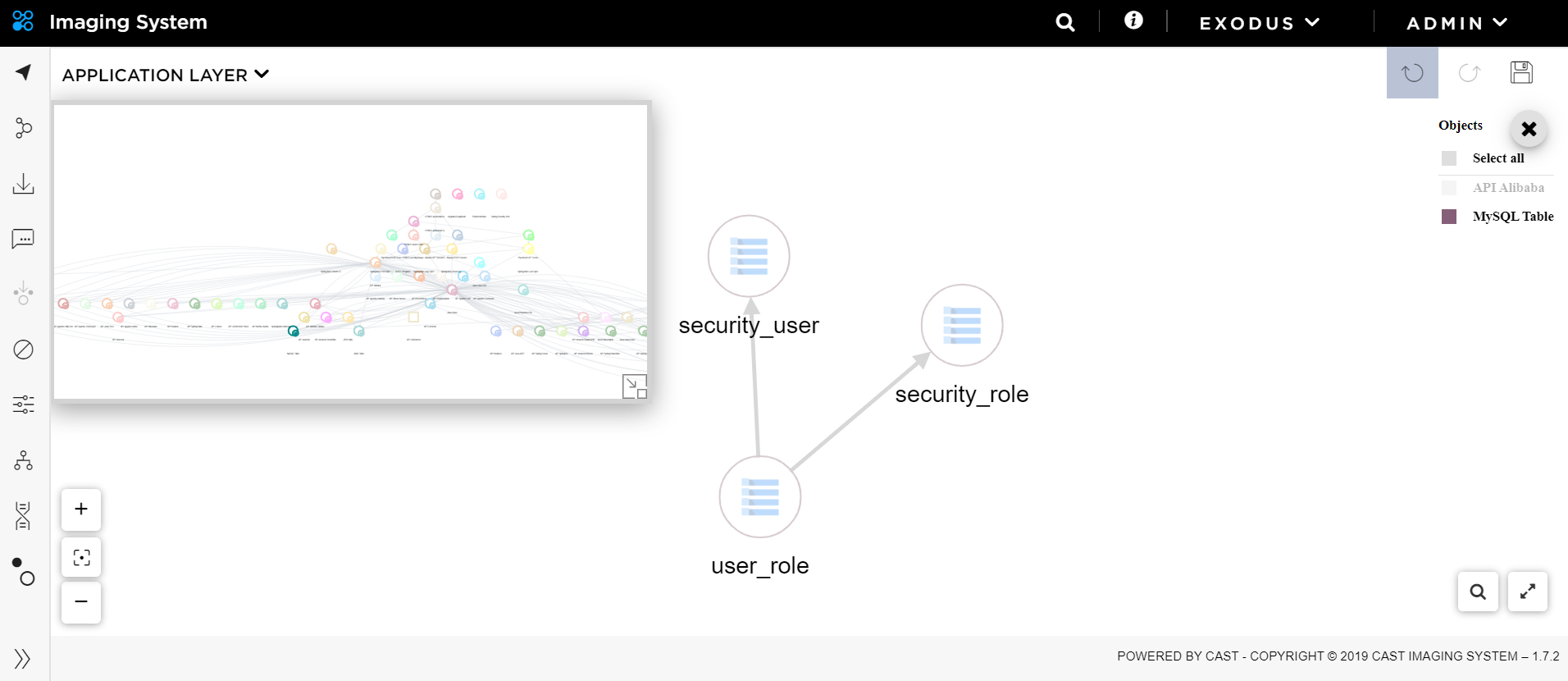There’s a fundamental disconnect in business. IT Managers might have little to no coding skills and no understanding of modern development processes. Meanwhile, developers lack the ability to explain the realities of working with few resources and cutthroat deadlines. Sadly this issue is felt all the way through organizations, from new-starters up to CIOs, and has consequences for everyone.
Developers vs Managers: The experience gap, the communication gap, and consequences
Two parties unable to understand each other’s roles will lead to miscommunication with grave repercussions. Managers without knowledge of their applications are effectively responsible for ‘black boxes’, making dangerous miscalculations from technical inexperience. Insufficient resources are allocated, time is wasted and tight deadlines are inevitably missed.
Frustration with a lack of proper budgets, resources and timelines can lead to rapid software engineer turnover rates, crippling dev teams pushing back project completion dates even further as new developers spend weeks getting up to speed.
Failing to communicate across the experience gap can have huge consequences for any organization. Impacts range from budgets spiraling out of control to delays in Go-To-Market.
Learning a new language of Software Intelligence
Developers, their managers, CIOs, and board members all need to learn how to speak a common language. Software analysis tools and their dashboards are needed to share software insights in digestible, easy-to-understand formats and benchmarked against relevant industry standards. This software intelligence has the power to highlight the analysis of key software attributes to the surface and shed light on perceived black boxes. Being able to access uniform metrics will make it easier for everyone to stay aligned.
To illustrate the need for standard metrics it is easy to imagine how Software Intelligence could help a project manager who inherits a portfolio of applications to maintain. Without prior experience, he or she might not have any idea on how to approach this. Using software quality and health metrics, the project manager can successfully estimate what it will take to maintain the applications. She, supported with the objective software intelligence data can also effectively communicate to the CIO to unlock additional funding and resources, if needed. This ensures developers are not too thin on the ground, being put under undue pressure for inheriting low-quality applications.
Example of a CAST Management dashboard -

To illustrate how software intelligence insights can help developers, let’s consider a scenario where a field in a database table needs to be updated to meet new business requirements. The development team will be asked by the management to estimate the effort required. The developers may not have extensive knowledge of the application and the dependencies involved and as a result, underestimate or overestimate the effort. It’s often the former. The end result is a conflict between developers and managers when the deadline is missed.
The root cause of the conflict and missed business goal was the lack of intelligence during the estimation phase. But with Software Intelligence provided by CAST, the development team can more accurately estimate the effort needed for any change. They can easily see all the objects and components that can get impacted through the one change.
CAST Imaging to check for dependencies between objects & components

Software Intelligence puts developers and managers in a much more confident position by enabling them to make data-driven decisions, eliminating the guesswork.
With key figures which can be shared and tracked, developers can finally communicate clearly the work they are doing and how it is progressing projects such as by improving code security and stability. A combination of trends and metrics such as the number of lines of code, technical debt, critical violation density, Total Quality Index (TQI), Health measures, and Function Points will empower managers to make sensible requests to their CIO for the budget and resources they need for projects.
Software Intelligence can help IT organizations to hit ambitious deadlines by helping them see and communicate a single version of the truth, spot issues in advance and address them before it’s too late. Business momentum can be kept up by keeping projects under budget, ensuring stable products reach the market before competitors, avoiding system outages. In the long-term, this will help build capabilities by retaining skilled developers and attracting better talent.








SHARE